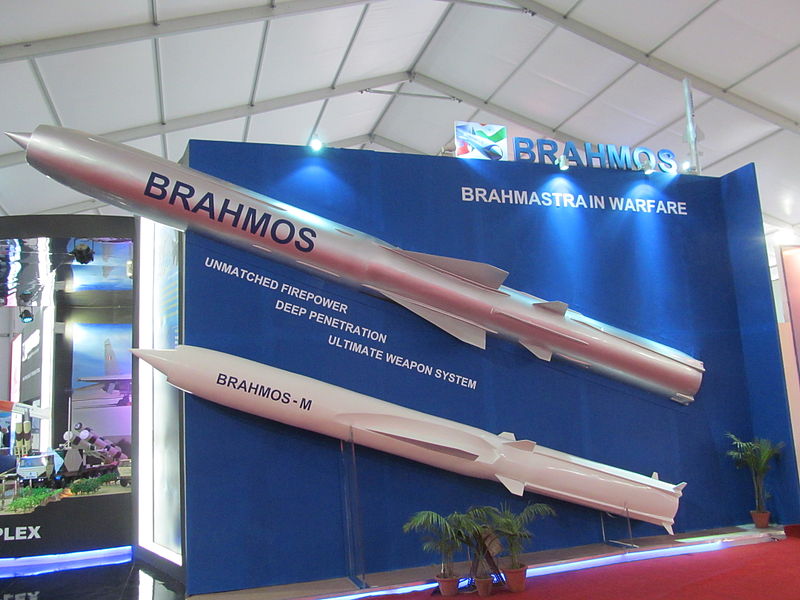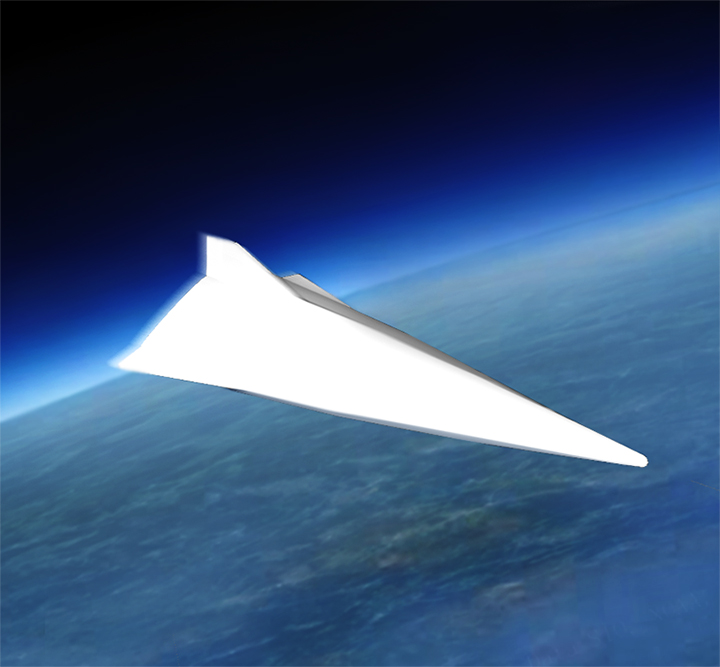In the beginning of the next decade, Russia should see the first results of the ongoing development of hypersonic weapons, said the General Director of Corporation “Tactical missiles” (tactical missiles Corporation) Boris Obnosov. Russian military industry is working in this promising direction parallel with China and the United States that promise by 2020 to launch mass production of Intercontinental hypersonic missiles.
“Now this area is given due attention, which can not but rejoice. Conducted several projects with the Foundation for advanced studies at the Military-industrial Commission”, — Obnosov said in an interview to “Kommersant”. Answering the question about the approximate timing of the emergence of the first examples of hypersonic weapons, the head of tactical missiles Corporation assumed that it will happen at the beginning of the next decade.
the Corporation “Tactical missiles” is one of the largest structures in the Russian military-industrial complex (MIC). It unites 32 enterprises specializing in the production of high-speed guided missiles, guided aerial bombs, torpedoes, guided missiles for air defense systems, aerospace technology and electronic equipment. Despite the crisis, corporations are going well. Each year, its financial performance growing at an average of 20-30%. The revenue of the Corporation in 2015 amounted to 160 billion rubles, net profit — more than 14 billion rubles.
Products KTRV actively used since the beginning of operation of Russian air and space forces in Syria. In connection with the performance of defense contracts and development of new products, some enterprises of the tactical missiles Corporation had to go to work in three shifts. If earlier the most part of incomes of the company brought exports, now estimated Obnosov, 60-70% of the total revenue is the share of state defense order. The volume of exports, after joining the Corporation NPO Mashinostroyenia, has also increased.
In the framework of the Federal target program “Development oboronno-an industrial complex till 2020″ for the last three years of tactical missiles Corporation finished testing of 14 new products. According to the plan, by 2020 Russia should be replaced by 70% of military equipment. By the time engineers and developers have to complete work on a hypersonic weapon. KTRV most actively lobbying for the hypersonic. Obnosov sure that the development of hypersonic technologies will give a huge positive effect on all branches of science.
After half a century from the time when the USSR and the USA began work on the creation of hypersonic weapons, we can say that progress in this direction is achieved very slowly. In 2000, the U.S. military adopted the concept of “global lightning strike”, which provides a massive blow at the enemy’s infrastructure at any point on earth within one hour. Still for the Pentagon the speed remains one of the priority areas. The largest industrial companies in the US are working on hypersonic technology. Today spent flying with a speed of 3.5 to 5 Mach (4284-6120 km/h), however, during the transition to speeds above 6 M have a problem with the propulsion system and overheating.
Experimental hypersonic UAV was first tested in the USA in 2001. Camera X-43, was established at the NASA Hyper-X but the test model failed. Normally flight was able to spend only three years later. The longest flight demonstrated a hypersonic cruise missile X-51A Waverider, which is developed under the concept of “global lightning strike”. In 2013, she held in the air six minutes, which has a top speed of Mach 5.1 and flew a distance of 426 kilometers.
In Russia, according to Obnosov, this area is also given enough attention. Tactical missiles Corporation has a number of projects in collaboration with the Foundation for advanced studies at the Military-industrial Commission. “Believe me, we already have interesting results in this direction”, — said the head of the Corporation.
Earlier in an interview with RNS Obnosov predicted that by the beginning of 2020-ies in Russia can be developed hypersonic weapons capable of reaching speeds of 6-7 Mach (over 7,000 km/h). Then he explained that these missiles will significantly weaken the capacity of the forces ABOUT the perceived enemy. According to Obnosov, in the creation of hypersonic missiles has several dozen specialized research institutes and industrial enterprises.
In the 70-ies in the ICD “rainbow”, which is now part of tactical missiles Corporation, started research work on studying the possibility of establishing a cruise missile, able to reach speeds of 5 M and above. Strengthening the development of hypersonic weapons in the Soviet Union occurred after 1983, U.S. President Ronald Reagan announced the beginning of the program the Strategic defense initiative (SDI), also known as the program “star wars.”
“the Soviet Union responded to the SOI a number of symmetric and asymmetric steps. Among them was “Albatross” (missile system), which in later publications called the Project 4202″ — says military expert at the Carnegie Moscow center Vladimir Dvorkin. He claims that the program is to establish a “Albatrosa” did not end with the collapse of the Soviet Union, but is still ongoing. The purpose of this top secret program 4202″ is receiving a strategic strike weapons, able to significantly increase the capabilities of the strategic missile forces.
it is Alleged that the first flight tests of the missile complex “Albatross” was conducted in 1991-1992 and then in 2001 and 2004. Theoretically the system design is as follows: in the area of dispersal of Intercontinental ballistic missiles UR-100N utth starts planning winged warhead to a height of 80-90 km, which then starts at a small angle to turn to the Earth’s surface and to accelerate on a trajectory of reduction, the planning at hypersonic speed on Intercontinental range. Block with nuclear warheads had to make quick lateral evasive maneuvers from a ground-based missile.
Now in Russia are created and the testing phase, at least two hypersonic missiles: anti-ship cruise missile “Zircon” complex 3K-22, being developed by NPO Mashinostroyenia (part of tactical missiles Corporation) and the export version of the missile “BrahMos”. It is expected that the test “Zircon” will be completed next year and in 2018 is already started mass production.

in addition, in the summer of 2015 American media, citing a military-analytical center Jane'sInformationGroupI wrote about the ongoing Russia is testing a hypersonic aircraft, u-71, which is part of the project “4202″. It is believed, however, that the tone in the development of hypersonic technology ask US. According to the strategic plan for R & d the U.S. air force, to 2020 should be developed hypersonic strike weapons in the form of a cruise missile with a hypersonic ramjet engine. By 2030, the Pentagon plans to create a hypersonic reconnaissance aircraft.
In Moscow, according to Dvorkin, the development of Americans Intercontinental hypersonic weapons is of particular concern: “Many Russian officials and experts believe that hypersonic weapons in case of its deployment, the United States would seriously increase the efficiency of the global strike and will give Washington the opportunity to strike a disarming non-nuclear strike of the strategic nuclear forces of Russia”.
the Third key member of the “hypersonic race is China. In 2013 he began to experience planning from a space rocket WU-14 with a stated speed of 10 M. Presumably, the serial production of the rocket will be launched by 2020.

WU-14
According to Obnosov, it makes no sense to compare the pace of development of hypersonic weapons with the United States and China: “What they have is better something we have. You just need to understand that this topic requires a thorough and integrated approach. Here it is necessary to invest large resources in research and field experiments. But the expected results will be worth it”.
No comments:
Post a Comment